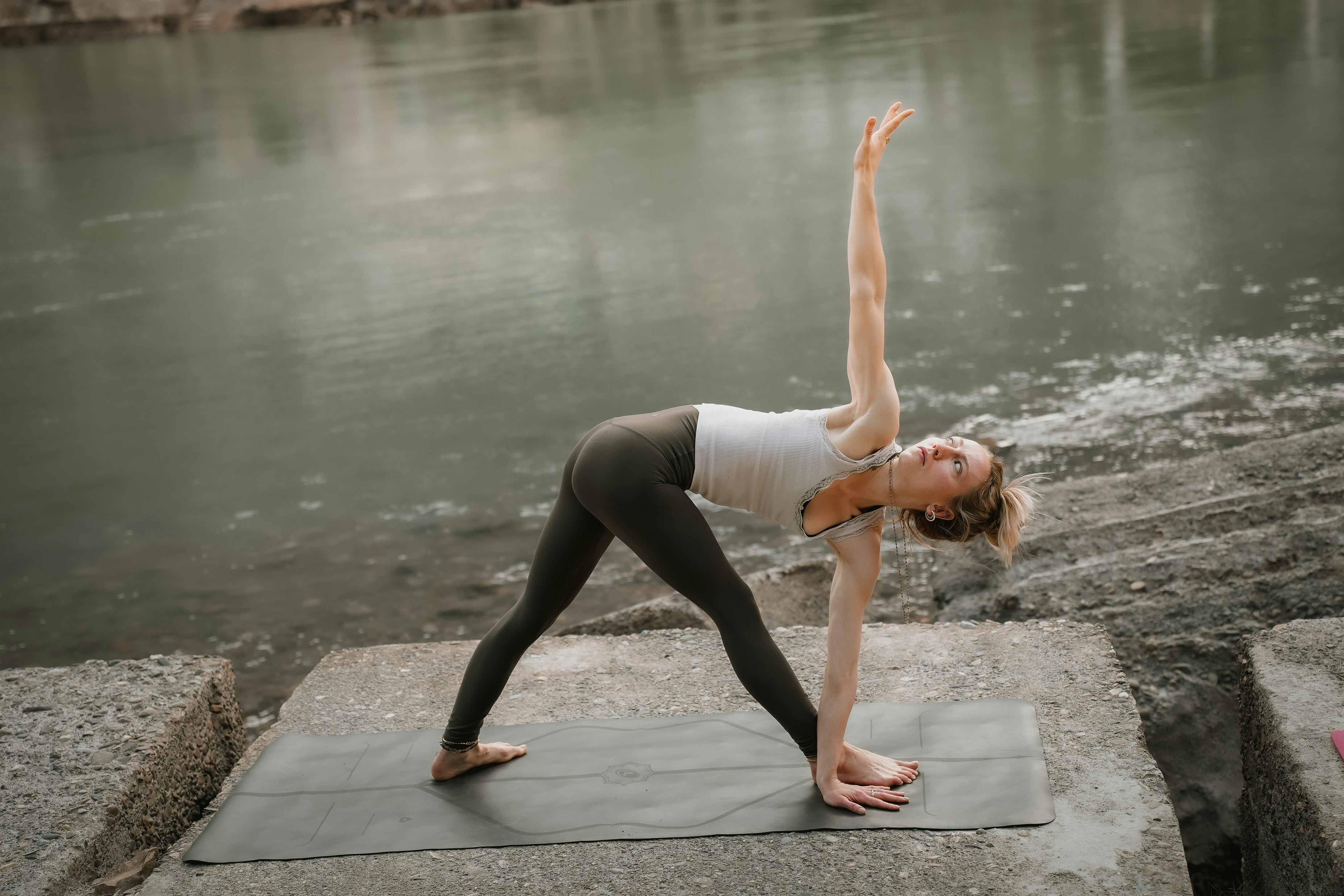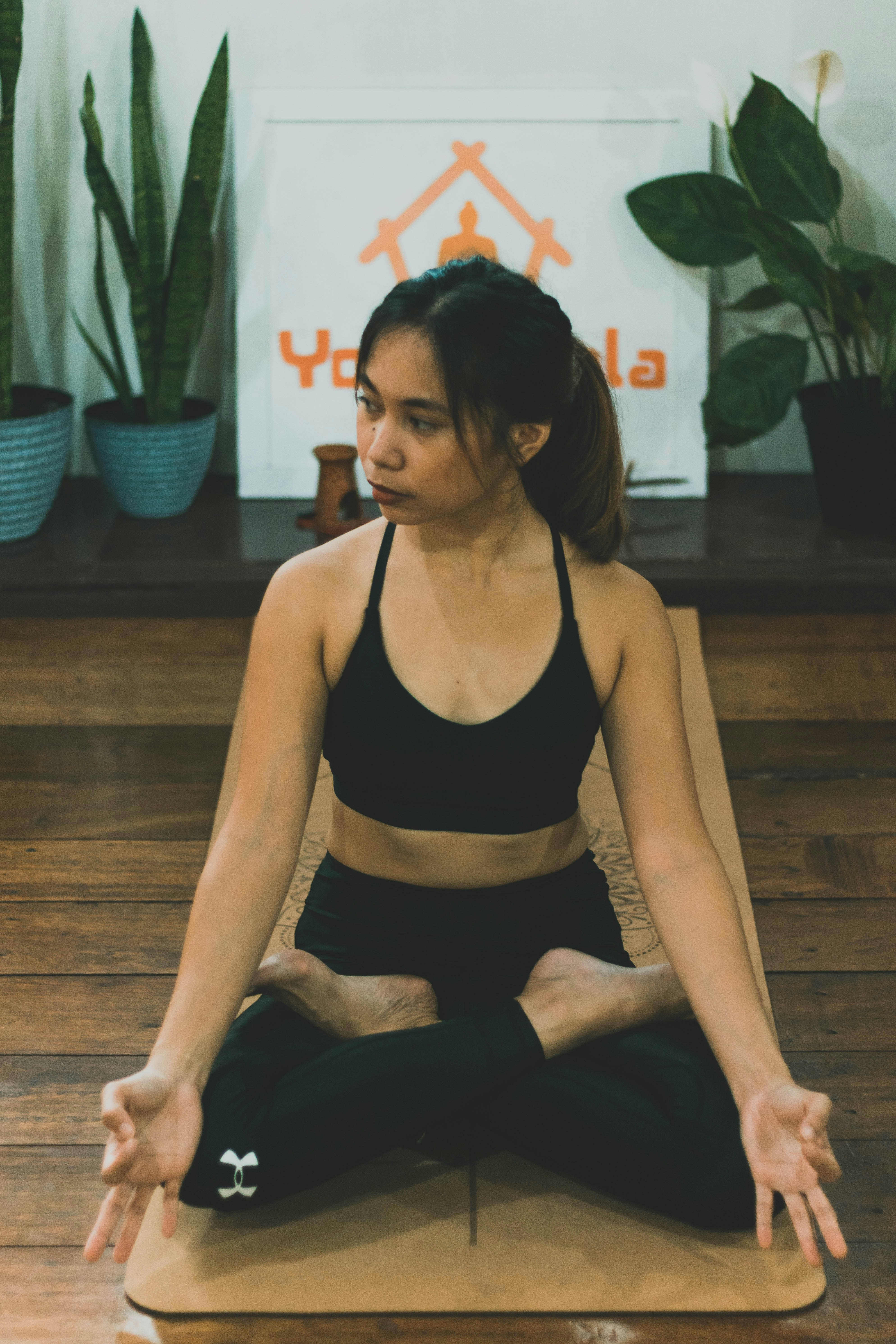Introduction to Child’s Pose
Child’s Pose, known as Balasana in Sanskrit, is a widely recognized resting posture in yoga practice. This pose invites practitioners to relax and rejuvenate, providing a calming effect that contrasts with more rigorous movements. Originating from ancient traditions, Child’s Pose serves as a moment of reflection during yoga sequences, allowing individuals to reconnect with their breath and find stillness. Its significance cannot be overstated, as it not only grounds the body but also enhances mental clarity and relaxation.
Incorporating Child’s Pose into a yoga routine is beneficial for practitioners at all levels. Typically used between more strenuous postures, this pose allows the body to recover and reset. It is especially useful for relief during a dynamic flow, enabling individuals to integrate their energy and prepare for subsequent movements. Child’s Pose is often suggested when practitioners experience fatigue, stress, or discomfort, as it opens up the hips and elongates the spine, promoting a sense of grounding and solace.
The physical setup of Child’s Pose involves kneeling on the mat, sitting back on the heels, and extending the arms forward while lowering the forehead to the ground. This posture creates a natural curve in the spine, encouraging relaxation throughout the entire body. For those with varying levels of flexibility or body types, several modifications exist. Utilizing props such as pillows or blocks can enhance comfort, allowing more individuals to access the benefits of the pose. Alternatively, placing the arms alongside the body can provide a different variation, catering to individual preferences and needs.
Overall, Child’s Pose serves as an integral part of yoga practice, aiding in both physical and mental well-being. Its ability to foster relaxation and restore balance makes it a valuable addition to any practitioner’s journey.
Physical Benefits of Child’s Pose
Child’s Pose, known as “Balasana” in Sanskrit, is a widely practiced restorative yoga pose that provides a variety of physical benefits. One of the primary advantages of this pose is the gentle stretching and lengthening it offers to the spine, hips, and thighs. By resting the body in a forward bend with arms extended, individuals can enhance the flexibility of these areas while fostering a sense of calm and relaxation. This restorative position allows the spine to elongate, which can be particularly beneficial for those experiencing tightness or discomfort in their back.
Furthermore, Child’s Pose effectively alleviates tension in the back and neck. As individuals fold forward, gravity aids in releasing tight muscles, thereby promoting a sense of relief and tranquility. This can be especially beneficial for individuals who spend long hours sitting or adopting poor posture, conditions that commonly lead to discomfort in these areas. Additionally, the pose encourages deep, mindful breathing, which can help to further reduce tension and promote overall relaxation.
Another noteworthy benefit of Child’s Pose is its positive impact on circulation. By gently compressing the abdominal area during practice, this pose stimulates the flow of blood throughout the body. Enhanced circulation can lead to improved nutrient delivery to the muscles and a more effective removal of metabolic waste products, thereby supporting physical health and vitality. Moreover, this restorative pose can counteract the adverse effects of a sedentary lifestyle, encouraging the release of built-up tension and promoting overall well-being.
In essence, the physical benefits of Child’s Pose extend beyond simple stretching; they encompass the overall promotion of health through alleviation of tension, enhancement of flexibility, and improvement of circulation. Incorporating this restorative posture into a regular yoga routine can cultivate a profound sense of balance and relaxation in both the body and mind.
Mental and Emotional Benefits
Child’s Pose, or Balasana, extends beyond physical benefits, offering significant mental and emotional advantages as well. This restorative pose encourages introspection, allowing practitioners to turn inward and foster a deeper connection with their thoughts and feelings. By providing a safe space to reflect, Child’s Pose invites individuals to explore their emotional landscape, leading to greater self-awareness and personal growth.
Amidst the hustle of everyday life, Child’s Pose serves as a gentle reminder to slow down. In a world that often prioritizes productivity over well-being, taking time for oneself can be transformative. This pose cultivates a sense of calm and tranquility, aiding in the reduction of chaos within both the mind and body. Practitioners often find that holding Child’s Pose helps them to temporarily escape the demands of their environment, contributing to a more peaceful mental state.
Additionally, the practice of breath work plays a crucial role in enhancing the meditative qualities of Child’s Pose. By focusing on the breath, individuals can cultivate a deeper sense of mindfulness that centers their thoughts away from external stressors. This emphasis on breathing not only promotes relaxation but also facilitates the release of anxiety and stress levels. As individuals inhale deeply and exhale slowly while in Child’s Pose, they can experience a profound release of tension, further enhancing emotional balance and stability.
In practice, Child’s Pose ultimately provides an opportunity for mental rejuvenation, enabling practitioners to reflect, unwind, and restore their emotional well-being. By integrating this meditative pose into a regular routine, individuals can experience numerous mental health benefits, making it an invaluable addition to any yoga practice.
Incorporating Child’s Pose into Your Practice
Child’s Pose, or Balasana, serves as a foundational posture in yoga practice, offering numerous benefits for practitioners at all skill levels. To effectively incorporate Child’s Pose into your routine, consider optimal times within a yoga sequence. Typically, this pose is most beneficial when placed at the beginning or end of a session. Practicing it at the start can help center your mind and prepare your body for the movements to come, while including it at the end may aid in relaxation and recovery.
To ensure proper alignment during Child’s Pose, begin by kneeling on the yoga mat. Your knees should be hip-width apart, and you can either keep your feet together or slightly apart, depending on your comfort. As you lower your torso towards the ground, focus on lengthening your spine and allowing your arms to stretch forward or rest alongside your body. This alignment helps to relieve tension in the back and neck while promoting deep breathing.
For individuals with limited mobility or those new to yoga, modifications can enhance comfort. Placing a bolster or cushion between your torso and thighs can provide additional support, allowing you to relax more fully in the pose. Alternatively, if you experience discomfort in your knees, you may choose to widen your knees further apart. Listening to your body is crucial; if you feel pain or undue strain, adjust your position accordingly to find a variation that works best.
Ultimately, Child’s Pose encourages mindfulness and surrender, allowing practitioners to reconnect with their breath. By incorporating this pose thoughtfully into your practice, you can experience its soothing effects and enhance your overall yoga journey.



Leave a Reply